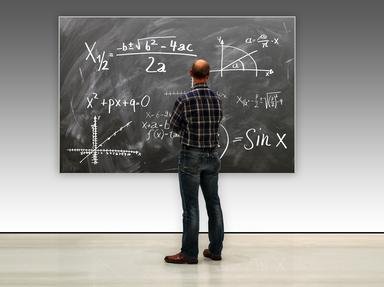Quiz Answer Key and Fun Facts
1. Sir Isaac headed over to the bumper cars. He enjoyed it especially when his car collided with another and changed direction. What part of his Laws of Motion does this most closely represent?
2. Sir Isaac got a great view of the park from his ride on the Ferris wheel. He was also very pleased to see that this ride was a great example of what kind of motion?
3. On this hot day, Sir Isaac next climbed up 120 feet (36.6 meters) to the top of the giant water slide. When it was his turn, he sat and slid to the pool below. He realized he felt very little friction. What element aided in this?
4. Sir Isaac next rode the drop tower which would lift him up to a very tall height and then drop him in a form of free fall. He enjoyed the experience. He knew it was what type of fundamental force that caused him to accelerate downward quickly?
5. Sir Isaac next got onto a large roller coaster with a tall first hill. As his train reached the summit on that first hill at almost zero speed, what kind of energy was at a minimum and about to be deployed on the descent?
6. Sir Isaac boarded the giant swinging boat ride that rocked back and forth like a pendulum. He knew that if brakes were not applied they could swing indefinitely. This is explained in his first law of motion which defines what?
7. The next ride Sir Isaac got on was a large, looping roller coaster. The ride attendant told him he would experience high g-force at the very bottom of the loop. What is this a measure of?
8. Sir Isaac boarded the next ride which was a log flume. He sat in the log as it floated on the surface of the water and went through the flume. He knew this physics feature was in Archimedes' principle. What is it?
9. Sir Isaac channeled his inner child and went for a ride on the large carousel. He enjoyed going around and around on it. What was the turning force that caused this ride to rotate (and for his wooden horse to move)?
10. Sir Isaac ducked into the fun house at the park. In the room of mirrors, he stopped at one curved outward and laughed at the image of him appearing very small and very far away. He knew this was a concave mirror.
Source: Author
stephgm67
This quiz was reviewed by FunTrivia editor
rossian before going online.
Any errors found in FunTrivia content are routinely corrected through our feedback system.
